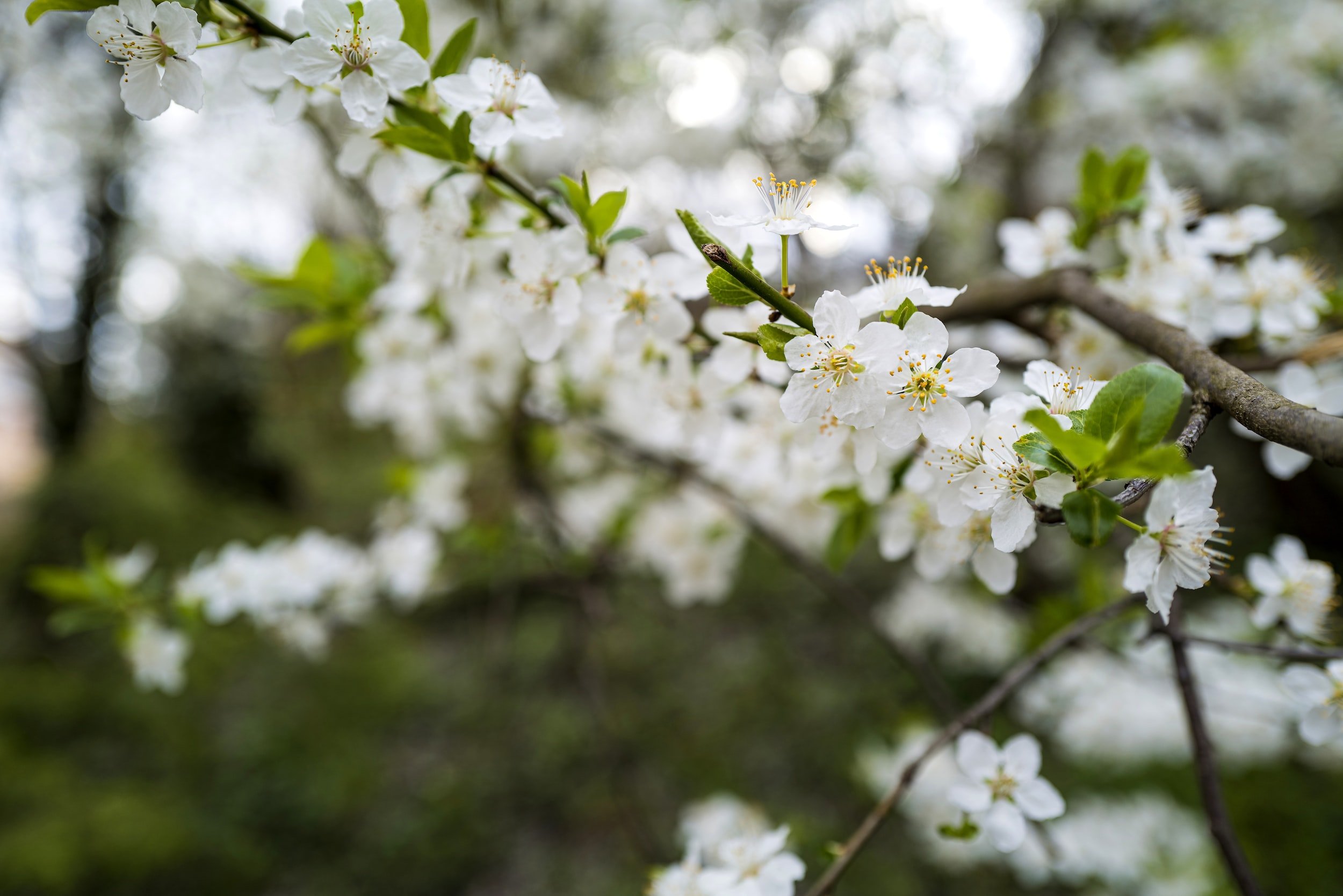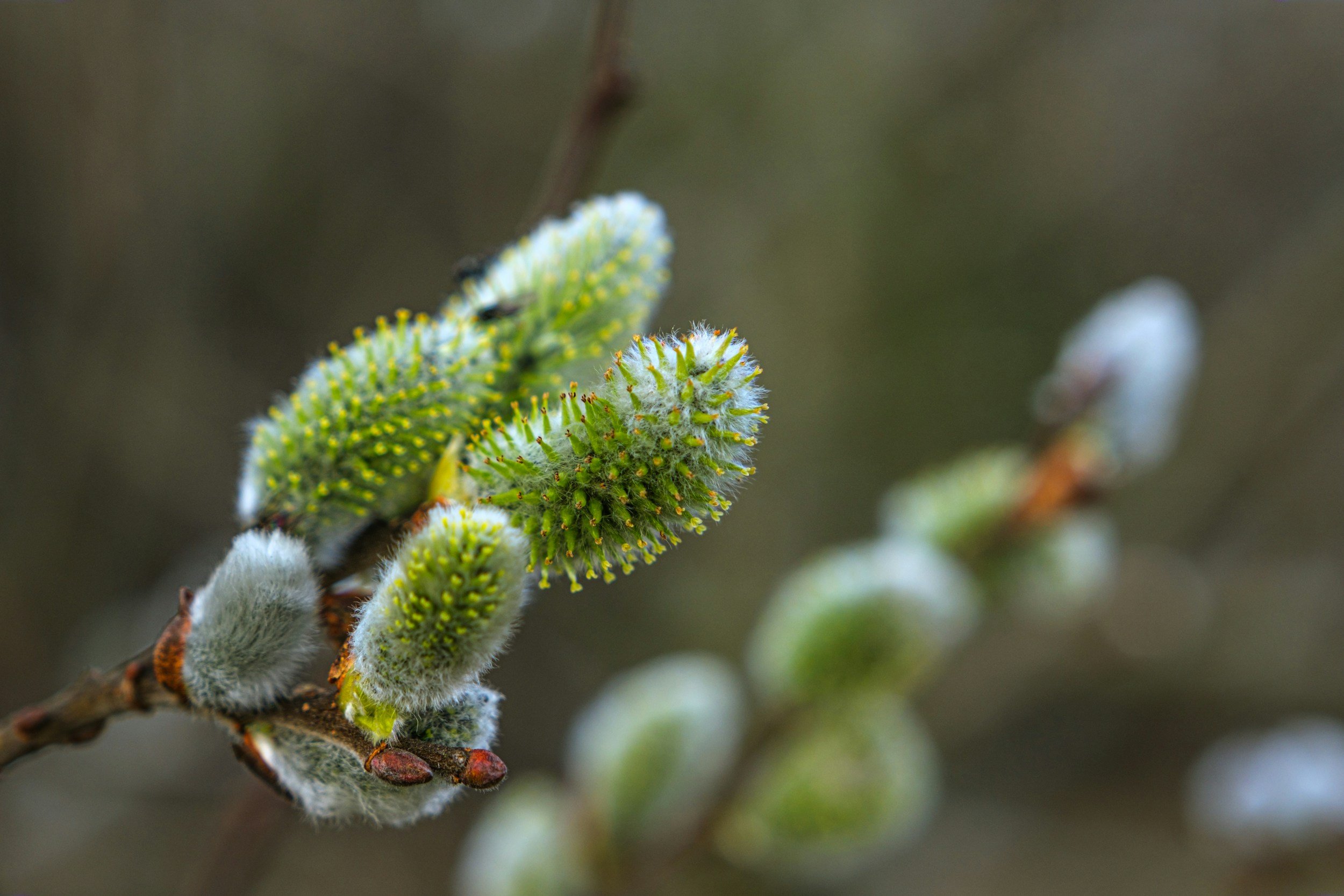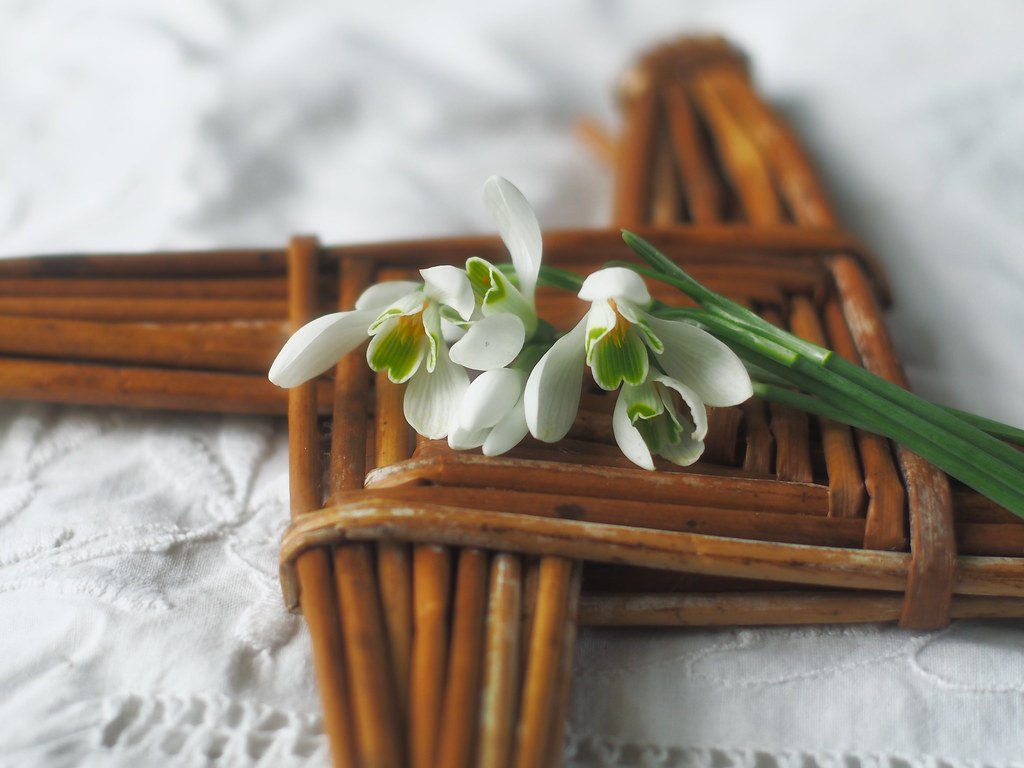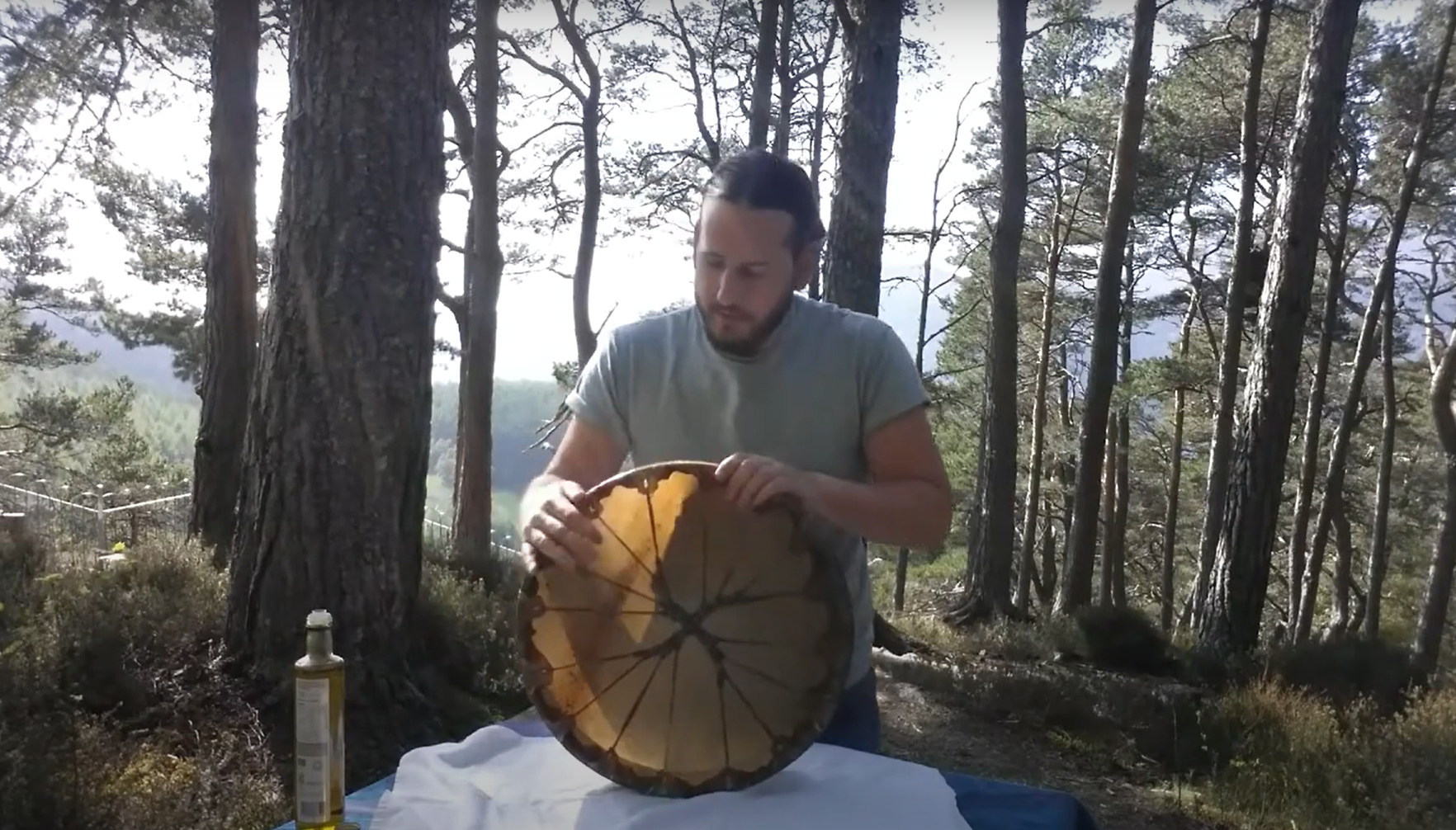
Caring for your Shamanic Drum
Our Shamanic Drums are living beings, which if cared for will continue to sing and share their wisdom and medicine for many years.
Read below for information and guidance on how to best look after your Shamanic Drum.

Caring for your shamanic drum
Take a look at our guidance on how to look after your Shamanic Drum

how to look after a newborn drum
Just birthed your Shamanic Drum and needing guidance of how to look after it so it dries well and safely? Take a look at our care guidance for newborn Shamanic Drums

When things go wrong…
No matter how much we love and care for our Shamanic Drums, sometimes accidents do happen. Take a look at our article about this and what to do next…
our guide to caring for your shamanic drum
Your Drum is a living being. It will become your teacher, your healer and your friend. As such, you will want to look after it and care for it properly. When it is cared for, your Drum will want to sing for a long, long time. Having a hide Drum, it is necessary to consider how you transport your Drum, where you store it, where you play it, and how you look after it.
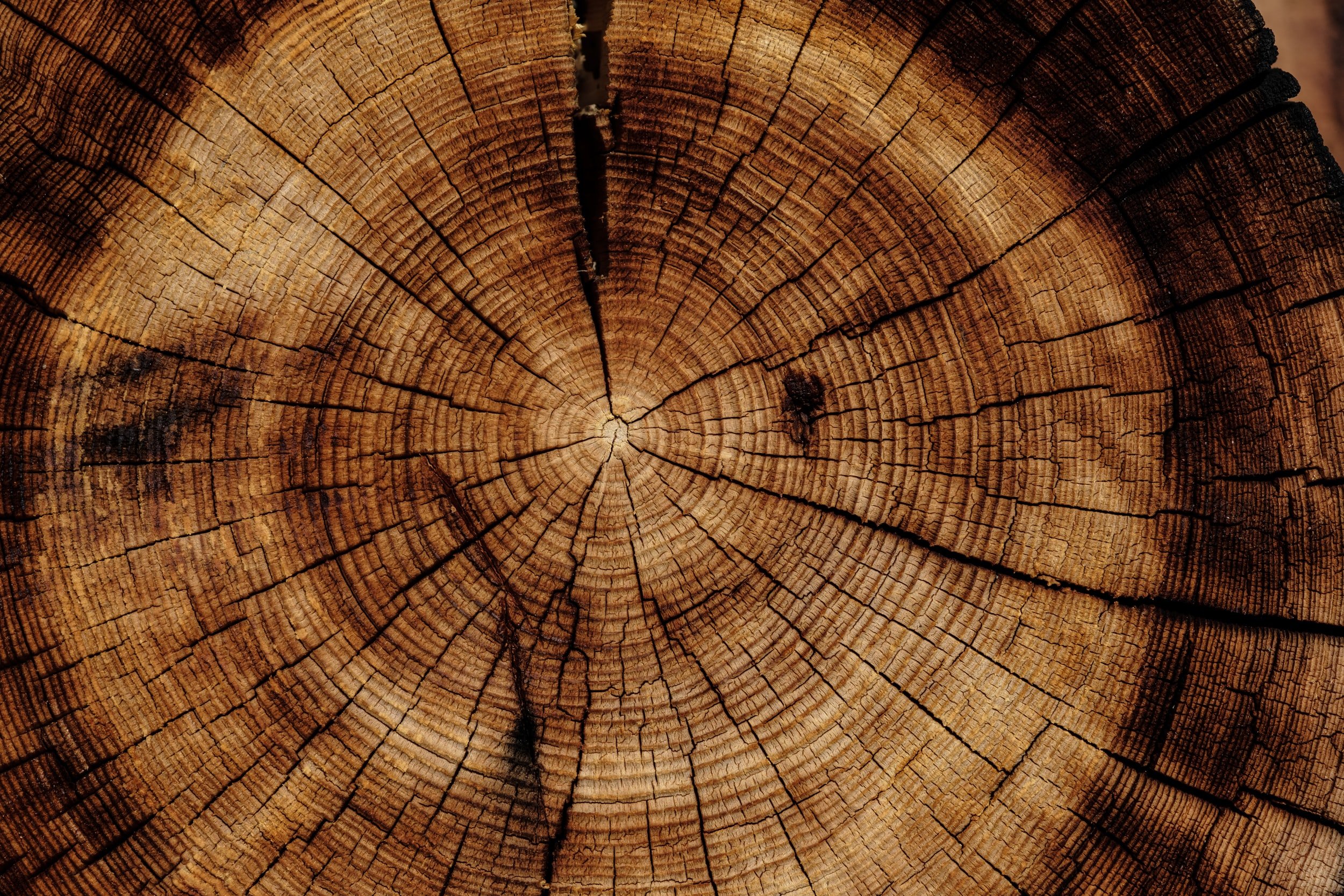
Transporting your Drum
When travelling with your Drum, make sure it is wrapped up and covered up so that it is protected. If it is going to be traveling in your hands or on your lap the whole time, wrapping it in a scarf or blanket may be sufficient. However, if you are taking your Drum out more often, especially outdoors, you are going to need a more substantial means to protect it. Drum bags are a great way to prevent it from getting knocked and damaged.
Heron Drums supplies our very own Shamanic Drum bags, which are insulated and provide enough space for a second drum or other medicine tools. To see our collection of Shamanic Drum Bags, click here.

Drumming Outdoors
Just like our skin, the drumhead’s tightness changes with the temperature and humidity. When drumming for the sunrise on a cold and damp morning, for example, you will find the drumhead starting to go slack, which will make the sound of your Drum go flat. Later on that morning, when the day gets warm and dry, the drumhead will become taut again and your Drum will sing beautifully once again. However, as the sun continues its course through the sky and fills the earth with summer heat, the drumhead can become extremely taut leading to your Drum sounding very high pitched and somewhat tinny. It is important take care of your Drum in these extremes of temperature and humidity. Below are a number of ways you can do this:
When you are not actually drumming, you can place your Drum in its Drum bag to protect it from the damp or heat from it. It is never a good idea to leave a Hide Drum in the damp grass.
When it is cold, it is preferable to hug your Drum when not playing it, keeping it close to your chest or even underneath your coat. This way your body heat will help keep the drumhead warm.
When drumming around a fire, if you notice your drumhead going slack, you can hold it towards the fire until it is taut and singing once more. This should be done very carefully! Do not place your Drum on the floor next to the heat of the fire and leave it there – just as our skin burns when placed next to a fire, so will your Drum.
On a hot and sunny day, it is a good idea to carry with you a small water spray with which you occassionally mist the drumhead with in order to keep it from getting too dry and tight. It’s important that you avoid leaving your Drum out in the sun for too long by trying to find some shade regularly.
Keep in mind that it is best to change your Drum’s temperature slowly. If your drum is cold, warm it gradually. If your drum is hot, cool it slowly. Be patient in restoring your drums tone before playing it.
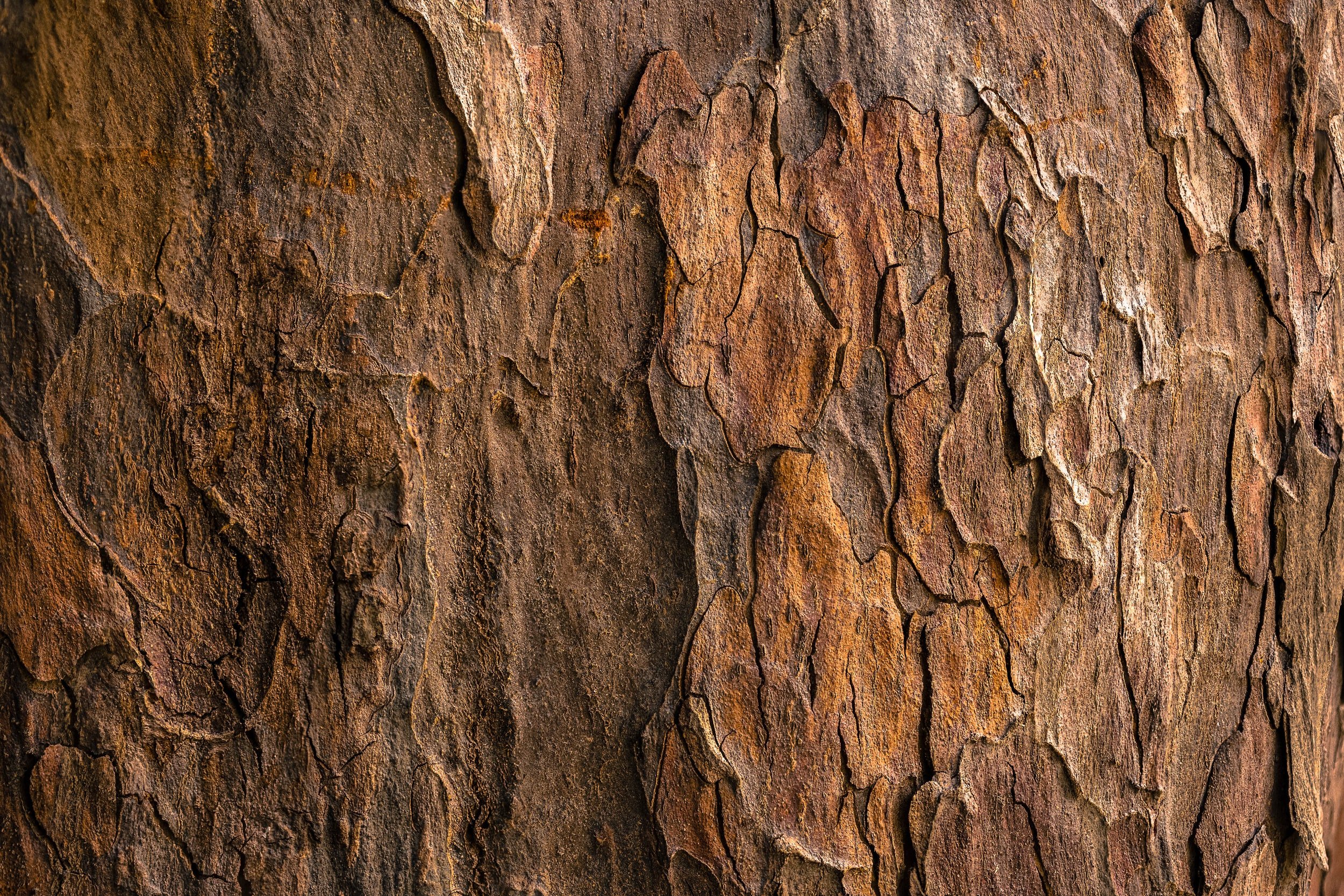
Storing your Drum
At home and indoors, it is much easier to keep you Drum at a comfortable temperature.
Keep your drum somewhere cool and dry in your house, where it is not going to experience any extreme temperatures. Shamanic Drums are best kept somewhere in the house, off the ground, wrapped in their blanket or their bag.
Avoid storing your Drum above a heater or in front of a south facing window; don’t leave it in the conservatory or in the damp corner of the shed.
Storing your Drum somewhere safe is important. If a Drum is stored somewhere where it gets extremely hot, like in a car, it could lead to your drumhead becoming so tight that it breaks the wooden hoop, which would lead to the drum needing to be remade. On the other hand, by leaving your Drum in the car in the winter months, the hide on the drumhead would become stretched to the point that, at normal room temperature, it would sound flat. A Drum left in cold damp conditions for a very long time may become so flat that it is rarely playable. It takes a very long time after this to reacclimatise the Drum, and more often than not requires the Drum being remade.
Most people store their drums in their home in a room where they spend the most time, like their lounge or bedroom. If you are comfortable with the variations of temperature in that room, it is likely that your Drum will also be comfortable with it.
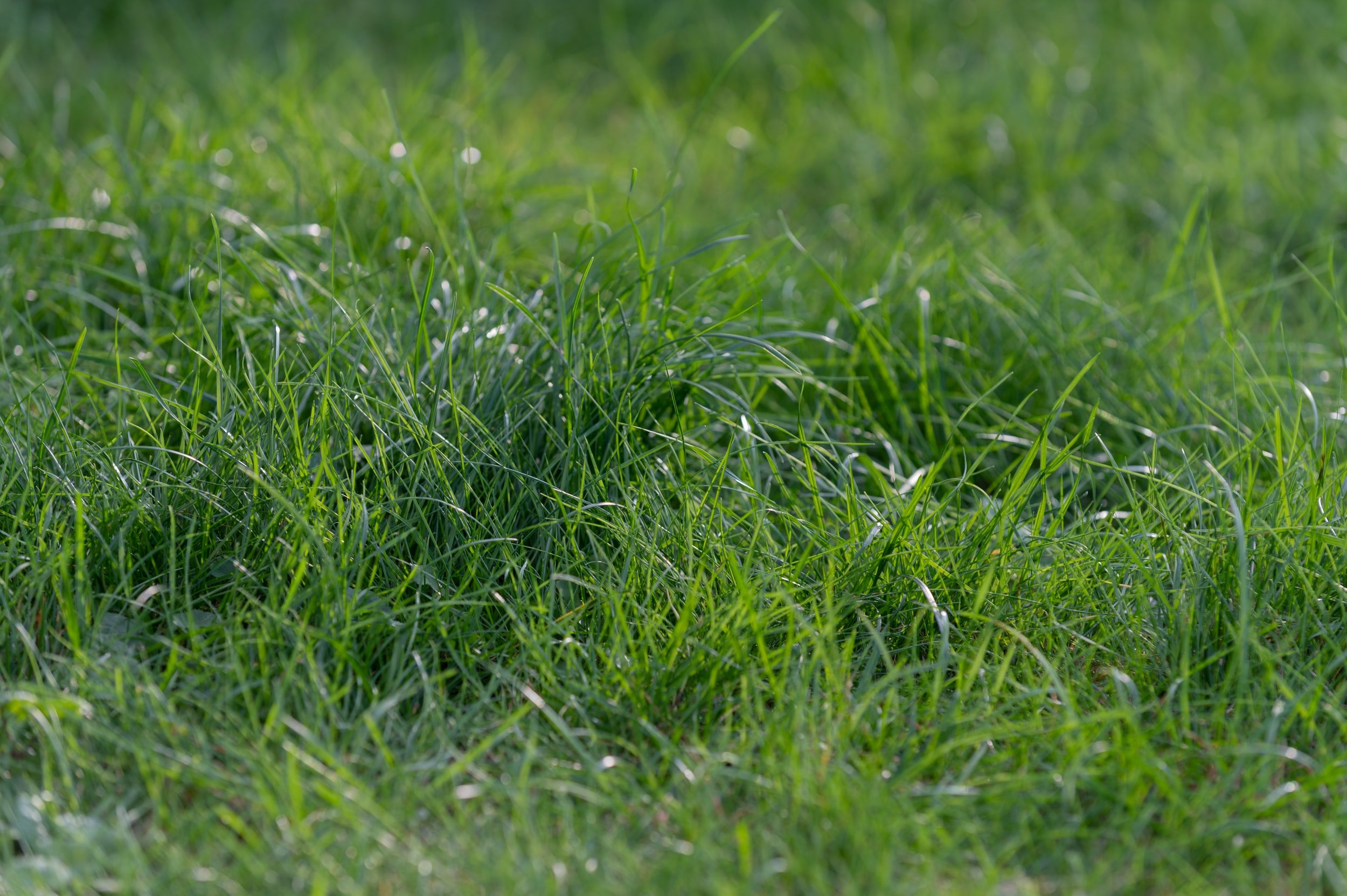
Conditioning your Drum
As you play your Drum, you can use the natural oils from your skin to moisturise the hide by rubbing your palm over the drumhead. It becomes a gradual and constant part of caring for and connecting with your Drum, and builds that connection even stronger.
If your Drum becomes too dry, you can oil it with a natural oil such as light Olive oil, Neatsfoot oil or even Shea Butter. Just gently rub a small amount of this into the drumhead with a cloth, then into the lacing on the back using a pastry brush. This only needs to be done once a year, and only if it becomes too dry.
I have created this video to show how and why to oil your Shamanic Drums
Respecting your Drum
When you consider your Drum as a living being, all of the above becomes obvious; if you were to read the above recommendations, replacing “Drum” with “child”, a lot of it would be needless to say. We treat our Drum as we would treat a close friend, we treat its skin as we would treat our own. Our drum isn’t a table, or a tray to rest things on. When you lay your Drum down, do not lay it down on the drumhead as anything sharp or gravelly could damage it; but beyond that, it is no way to show the love and respect that your Drum deserves. Look after your Drum with care and its spirit will beat for you. It will become your friend, your teacher, and yout healer. Treat it well, with honour and respect, and it will bring you much love and joy as your hearts beat as one.
Note: It would be advisable to insure your drum or to check your home content insurance. Once you have received the drum, you are responsible for its care. We do not offer refunds or exchanges on damages to drums or wear and tear due to misuse or lack of care for your drum.
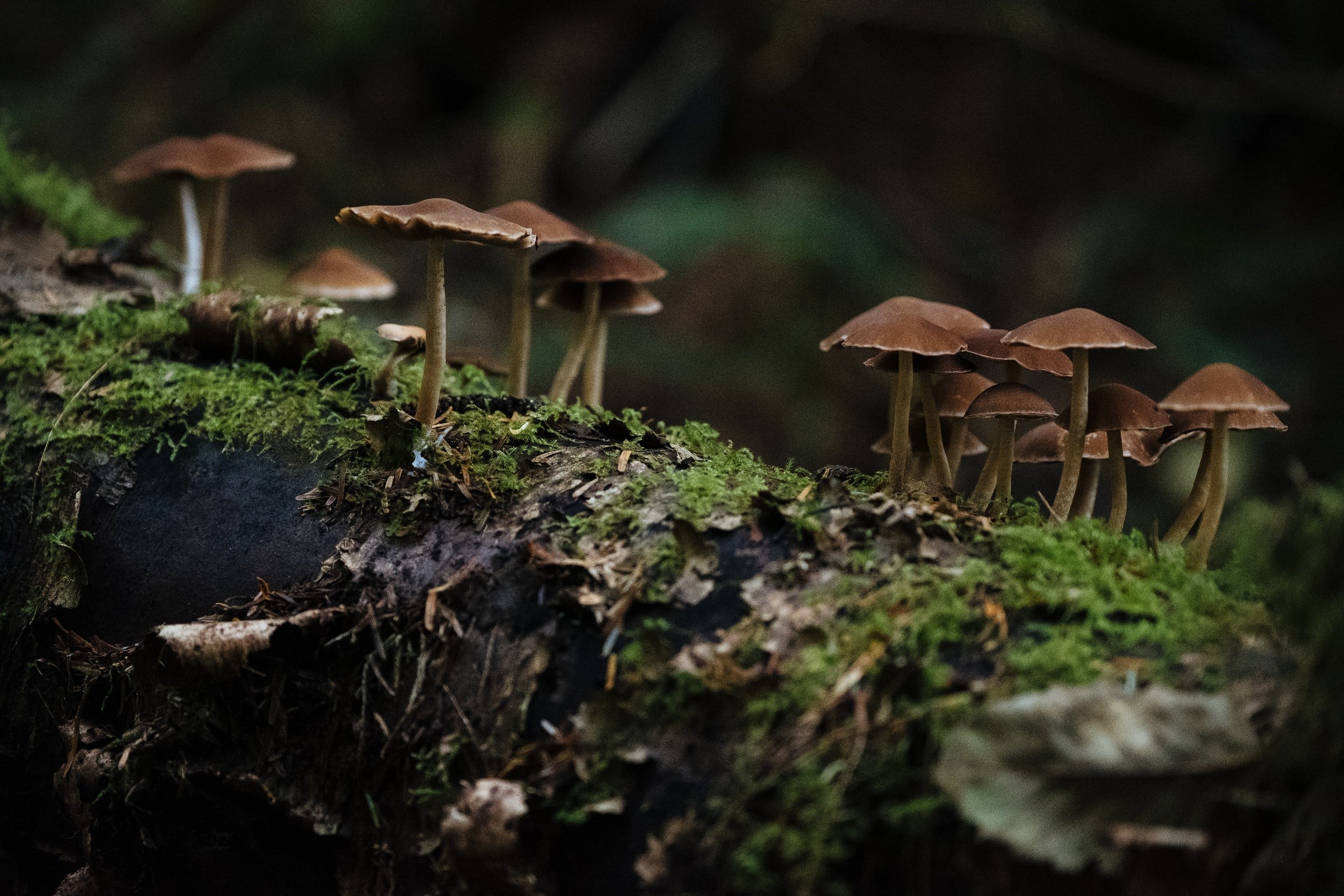
how to take care of a newly birthed shamanic drum
When you have just birthed a shamanic drum, how it is cared for in the first week is very important. While much of the guidance above still applies, a newly birthed drum is wet, and at its most fragile, and so there are some extra considerations in terms of how to take care of it.
Stand it upright
While it is drying, do not leave it in a bag. Stand it upright, somewhere cool and safe, so that the air can get to all sides as it dries
Leave to dry for one week
While much of the drumhead and lacing will dry overnight, it takes the handle much longer, and playing it too soon, or lifting by the handle could cause it to stretch out of shape.
Pick it up carefully
Pick it up by the outer frame and not the handle to avoid stretching or damaging the lacing
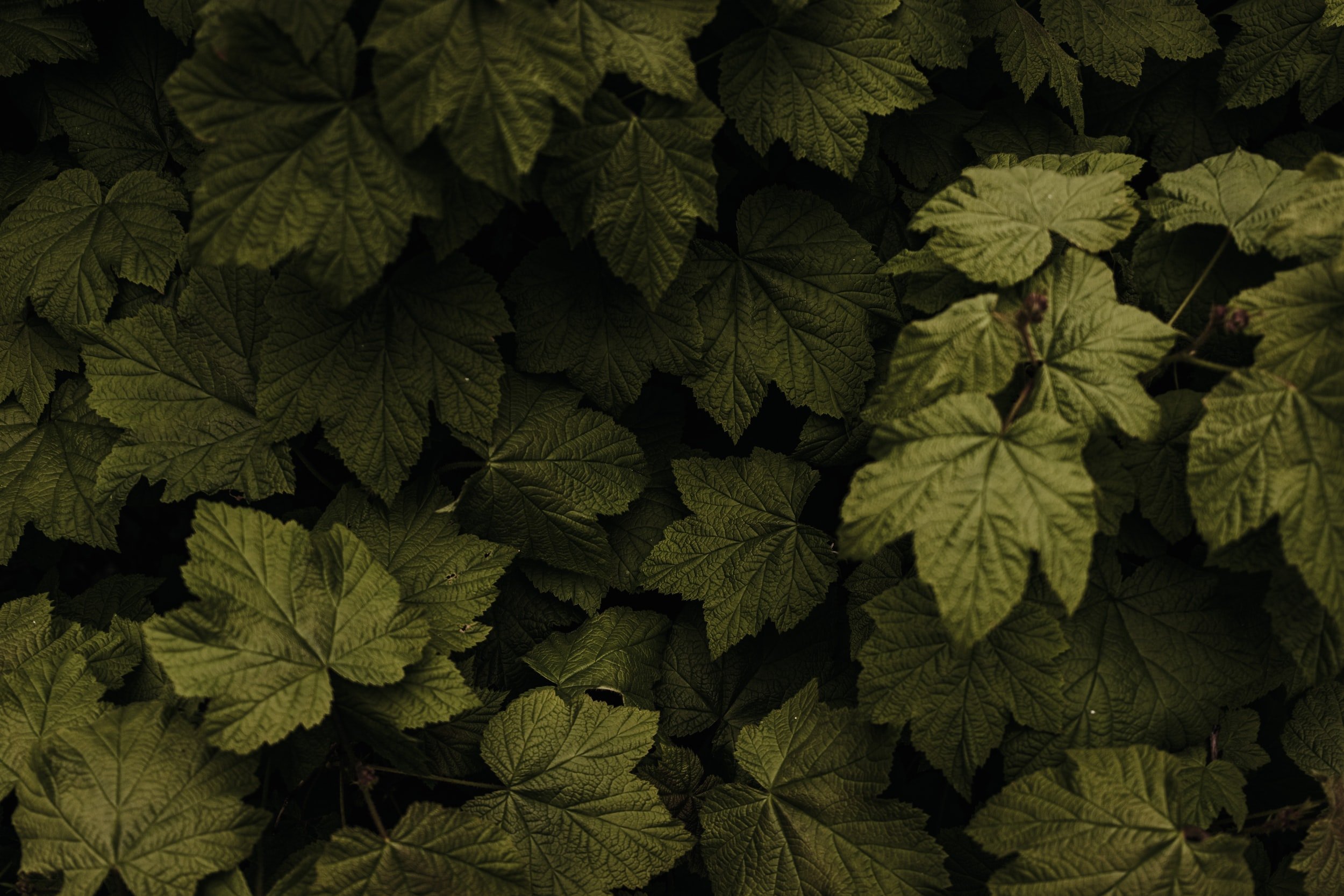
What Happens when it goes wrong?
Our drums mean so much to us, for the powerful experiences of inner healing and connection that we have shared with them. Sometimes accidents happen, and at Heron Drums we are able to help when they do.
As we know with all the care requirements that come with Shamanic Drum ownership, they can be temperamental beings. As many of us work with our drums outdoors, we have to take extra care to keep our drums safe when traveling to gatherings, festivals, or elsewhere within the sacred landscapes to journey with the ancient spirit of the land.
As the sacred drums are, in many ways, also our friends, teachers and healers, it can be really upsetting to find that it has broken, and we are often left wondering what can be done.
Here I wish to talk a bit about how a drum might break, understand the spiritual reasons for a break that often run parallel to the practical reasons, and what to do to repair your Shamanic Drum.
When a Shamanic Drums needs a repair
I am most often contacted about drum breaks during the summer month. Whether the drum has broken in a hot car, been left too close to a campfire or not survived the high and low temperatures of summer camping,
The first sign of an issue is that the drum seems to have lost all tension. This is most often because of the hoops breaking due to the high temperatures. When it is hot, the drum head tightens, and if it tightens too much, it puts too much pressure on the hoop, causing it to crack, either at the join or elsewhere along the hoop.
Other breaks can occur when the hide tears, usually in areas where it is dry and vulnerable, and when it tightens in heat it tears at this point of weakness. As well as on the drumhead, this can sometimes happen on the back of the drum, where the overlap of the drumhead connects with the lacing.
It is not only in the warm and dry weather that we can damage our drums. In damp weather, the drumhead can absorb moisture from the air and become flat, and you will notice it lose its tension and resonance when you play it. If played a lot in this condition, it can stretch the drumhead, after which it will rarely be taut enough to play, even on a very hot and dry day.
Spiritual Understanding of Shamanic Drums breaking
There are a number of practical reasons why a drum breaks, but at the same time, there are often other synchronistic or spiritual reasons why this happens.
For example, it is very common to find that hoops breaking may coincide with the end of a cycle in your life, or the start of a new beginning, and other breaks may coincide with a big release in your life.
We recognise that drums breaking may be part of a process, and that their repair and rebirth will also play a part in this.
Heron Drums Shamanic Drum Repairs
We understand how important your drum is to you, and so here’s some guidance on what might be needed for different types of damage:
Broken Hoop: If the hoop breaks, the drum will usually require a new one. The drum must be completely soaked, unlaced, and then rebirthed on a new hoop. The old hoop can be honoured and released in ceremony, such as a fire ceremony, to mark the end of its cycle.
Torn Lacing or Holes: If the lacing or holes have torn, the drum will need to be soaked and unlaced. Once the broken hole or lacing is repaired, the drum can be relaced and rebirthed, continuing its journey.
Torn Drumhead: Unfortunately, if the drumhead tears, it’s difficult to repair. We often suggest releasing the drum in ceremony, expressing gratitude for all the connections it has brought. As a meaningful way to continue working with the drum’s energy, some people choose to craft a shamanic rattle from the old drumhead.
How to avoid needing a Shamanic Drum repair
Prevention rather than cure - while we are here to help, we would definitely prefer all Shamanic Drums be carefully looked after to prevent any such damage, and advise people follow the guidance on Caring for your Shamanic Drum.
See other featured articles on the Heron Drums Blog….









